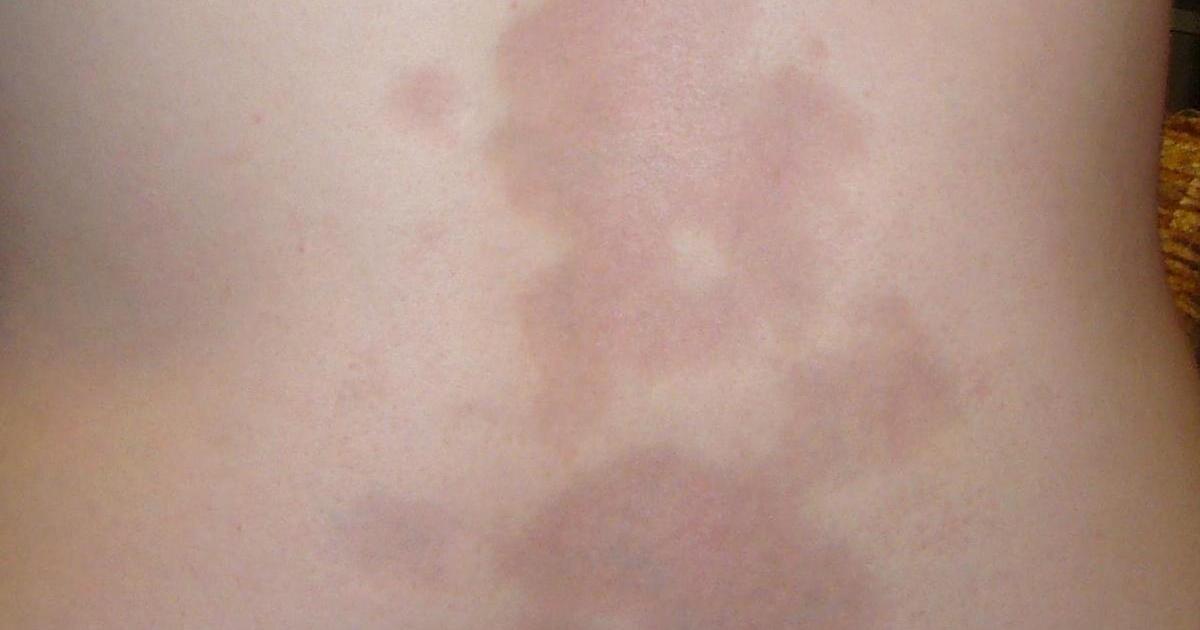Risk Factors And Complications Linked To Morphea
Issues With Self-Esteem

Some people experience issues with self-esteem. These can be particularly damaging for school-aged children diagnosed with morphea. Struggles with self-esteem are more likely when the patches appear in visible places like the face, arms, or legs. Patients might attempt to hide the patches with makeup, but find they can't be covered because of the raised texture. Like with many other skin conditions, patients might be anxious about wearing short sleeves, exposing their shoulders, or wearing shorts, which can limit clothing options and cause discomfort, especially for those who live in climates with hot summers.
Children with morphea may develop self-esteem problems as a result of comments from their peers. Even well-intentioned comments or curious questions can affect the child's self-image. Parents should encourage their child to be comfortable with their body and skin whether it has patches or not. Morphea will often resolve by itself, but patients can seek treatment if it's causing problems with self-esteem or with their day-to-day functioning.
Generalized Morphea

Generalized morphea is a serious form of morphea, and because it can penetrate below the skin, it may affect the muscles and joints. It also tends to cover more of the skin than the more commonly diagnosed type of morphea, and the patches may join together to become larger. Most cases of morphea involve localized lesions that appear on just one part of the body. But with generalized morphea, the lesions are much more widespread throughout the body. The plaques are sometimes larger than the ones that develop with the localized form. Before the condition progresses, it might be difficult to tell the difference between localized morphea and generalized morphea.
Generalized morphea has not been associated with any particular systemic disease. The skin hardening may be widespread enough to affect an individual's range of motion in multiple joints, especially when the plaques seem to join each other. When the morphea penetrates through the skin, it has been known to cause disfigurement. This disfigurement may be part of the face, neck, shoulders, chest, back, arms, or legs.
